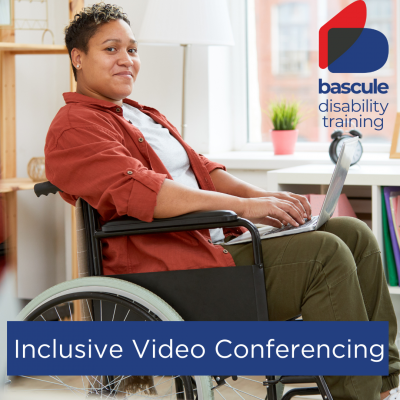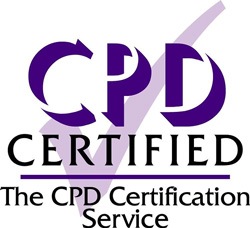Inclusive Video Conferencing

Bascule Managing Director Chris Jay offers a few tips on how to make video conferencing more inclusive
There was a time when having a virtual meeting was a modern novelty- but now, in a post pandemic world, where Zoom has become a household name- it’s hard to get through a working day without one.
To demonstrate the increase in these video interactions, consider that in 2013 Zoom users knocked up around 200 million meeting minutes in a year, whereas in 2021, that number reached around 3.3 trillion. Quite a jump.
And it’s not just meetings- A whopping 86% of businesses are now using video conference tools throughout the recruitment process. And, with an enormous surge in remote/home working, fewer staff members are visiting the office than ever before- meaning that video communication looks like it’s here to say.
With so many meetings happening through a screen, it’s high time employers considered how effective they are for all their staff members otherwise they could potentially be excluding people with disabilities or making their working day just that little bit more difficult.
So, what can be done to ensure people with disabilities get what they need from video meetings? Here are a few tips to get you started…
Accessible Screen Time
When organising a meeting, staff should always ask those they invite if any attendees have any accessibility requirements, as part of the company’s invitation process. Getting into the habit of this sends a positive message that the organisation is open and understanding around disability, and that reasonable adjustment is available, should anyone need it.
Ask those presenting to introduce/announce themselves, to ensure that those with visual impairments, are clear about who is speaking, and make sure they are showing a clear and up-close image of themselves. If you have any slides, materials, documents or any content at all, consider its readability – the font the size, the colours resolution and so on. Could any of these materials, such as PDF’s etc, be more accessible? Also consider any messages that are used during the meeting as attendees with screen readers will simultaneously read the chat whilst someone is speaking which makes it very hard to understand/concentrate.
You may wish to consider those reading lips and ask staff to have sufficient lighting, to ensure they are understood. For those with hearing impairments, make sure attendees are communicating from quiet areas, and that background noise doesn’t impede their voice.
Ensure that any centralised microphone is well positioned so it picks up everybody's voice and that auto generated subtitles that Teams, Zoom etc produce are as accurate as possible.
If the meetings are long, consider managing cognitive overload, offering breaks for those that may need them, and make occasional brief summaries, circling back on what has been said, to ensure it has been understood. Another way of ensuring the meeting is clear for everyone, is to record it and circulate post meeting.
Screen sharing is very common in video meetings, but remember, screen readers cannot interact with a shared document as they normally could. Options to get around this include, describing the slides, or sending them out beforehand, or if you know you have colleagues with additional needs address this by openly asking what format these colleagues would prefer. Of course, it’s also very important to remember that staff are also supported to be present in the office and that they receive reasonable adjustment for them to work in the company’s physical environment. Video meetings should never be considered a suitable alternative to making the office accessible.
Finally- consider disability awareness training. Having a more inclusive mindset will benefit your staff in a myriad of ways (see more about the benefits here) and, will allow those with disabilities to feel better supported.
If you follow just a few basic steps, have a considerate and understanding culture, and offer reasonable adjustment, all of your staff can easily interact in video communication. By asking attendees what can be done to help anyone with an impairment, you are immediately showing them your willingness to adjust- and this way those with invisible disabilities, who haven’t yet opened up about them- may feel more comfortable doing so in the future.




